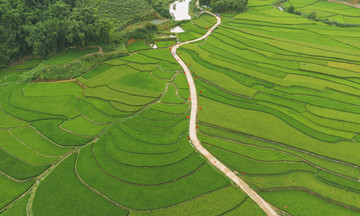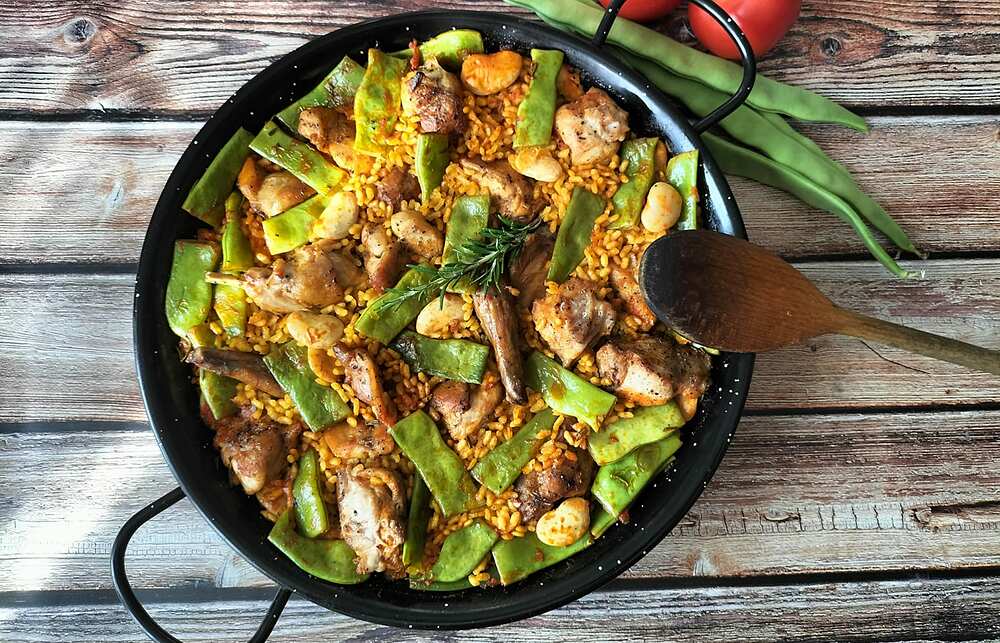 |
Spain was a latecomer to the global culinary scene. While France and Italy had long established their reputations with famous dishes, Spain quietly developed its own unique flavors. However, in recent years, Spanish cuisine has risen dramatically in global culinary rankings.
In 2023, Spain topped the list of countries with the most restaurants in the world's top 50. Yet, the soul of Spanish cuisine remains in its simplicity, tied to agricultural traditions and everyday life. Below is a list of typical dishes that fully embody that spirit, as suggested by CNN.
Paella Valenciana
A national culinary icon, paella, the quintessential Spanish rice dish, has many variations. The original version comes from the Valencia region and includes two main types: paella with rabbit and chicken (Valenciana), or seafood paella. The dish is colored yellow with saffron, and the crispy layer of rice at the bottom of the pan (socarrat) is considered the best part. Spaniards typically enjoy paella for lunch. Photo: La Tienda
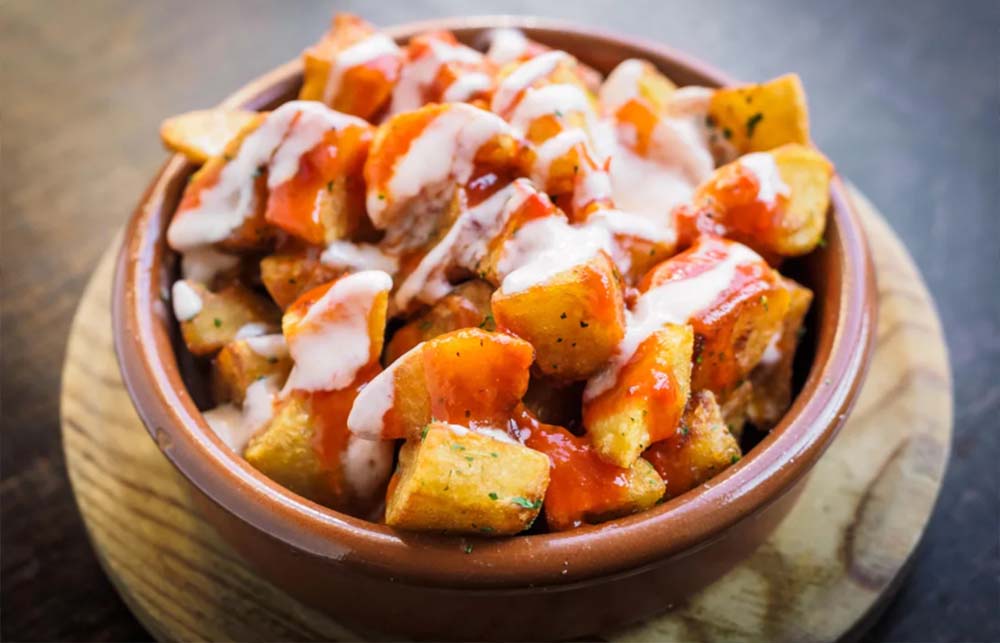 |
Patatas bravas
Patatas bravas are popular tapas (small snacks), with a name alluding to the spicy sauce—a rarity in a cuisine that typically uses little spice. The potatoes are cut into small cubes, deep-fried, and served with spicy tomato sauce, aioli, or mayonnaise sprinkled with paprika. There's a common saying in Spain: "the older the bar, the better the patatas bravas." Photo: Alamy
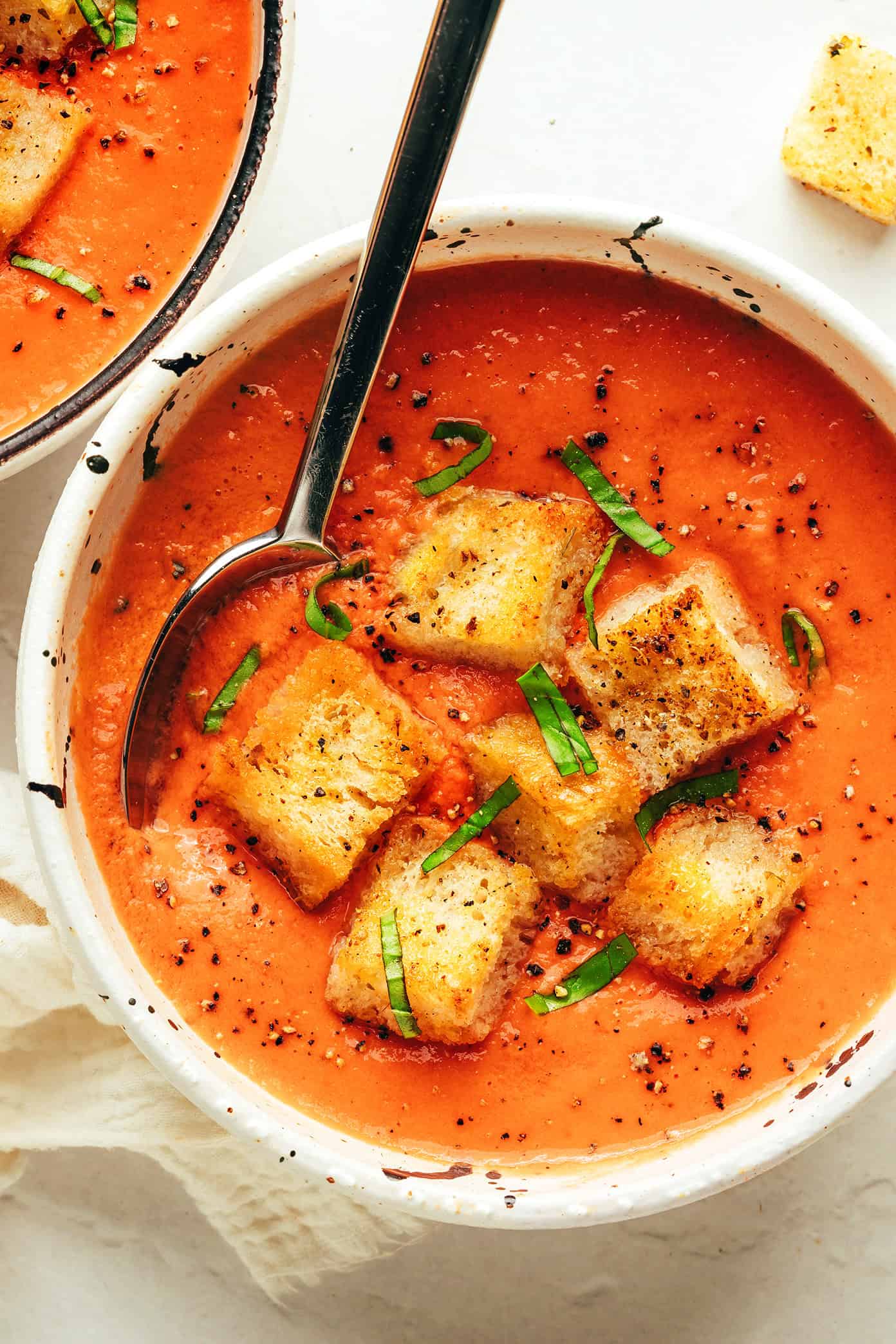 |
Gazpacho
This cold soup from Andalusia can surprise first-time visitors. However, in the summer heat of Seville, gazpacho, made with tomatoes, peppers, garlic, bread, and olive oil, becomes more appealing than ever, according to CNN's culinary experts. Photo: Gimme some oven
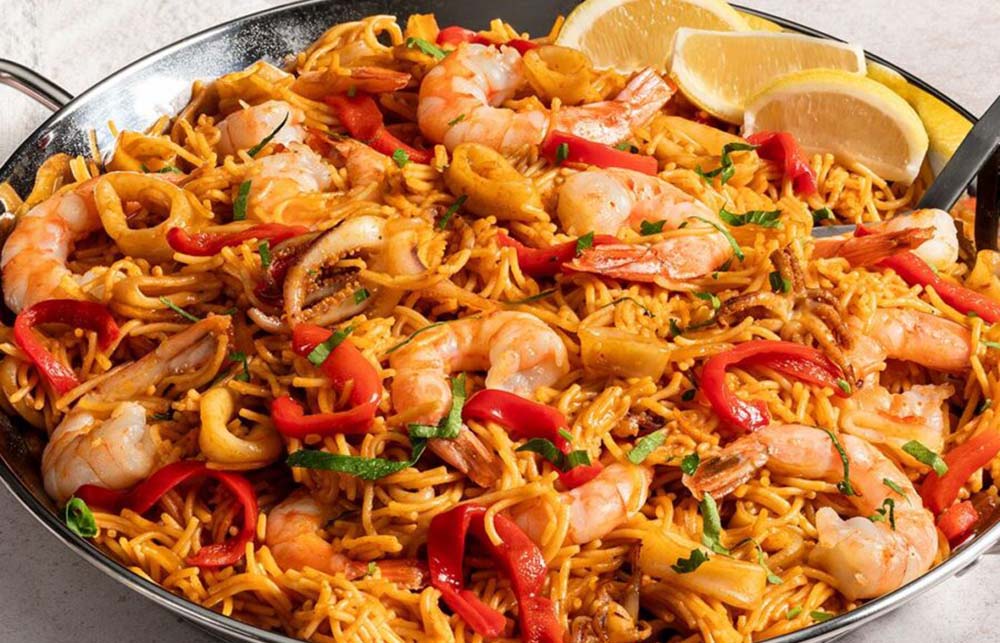 |
Fideua
Fideua is a dish of thin noodles cooked with seafood, popular in the Catalonia and Valencia regions. The cooking method is similar to paella, but with noodles replacing rice. Photo: Goya Foods
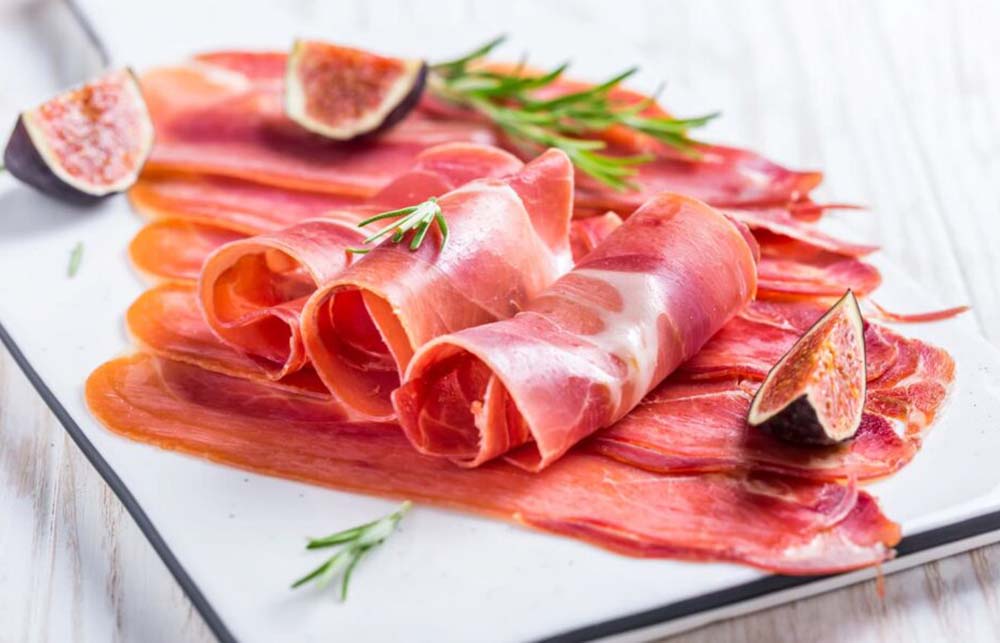 |
Jamon
No Spanish table is complete without jamon (dry-cured ham), a dish considered "the pride of the national cuisine". There are two main types: jamon serrano (from white mountain pigs) and jamon iberico (from black Iberian pigs, more expensive). The best kind is thinly sliced and served with bread and traditional sparkling wine. Photo: House of Caviar & fine food
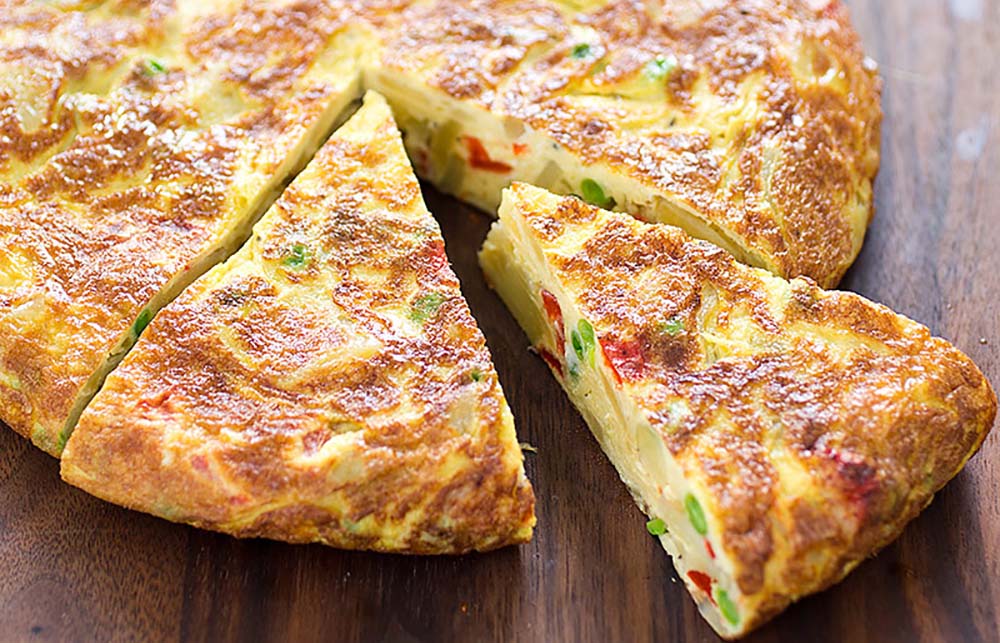 |
Tortilla
The Spanish omelet looks simple but requires technique. The most "authentic" version consists of eggs and diced potatoes, fried until cooked, with the eggs thick, fluffy, and served hot. The hardest part is flipping the omelet without breaking it. Photo: Gimme some oven
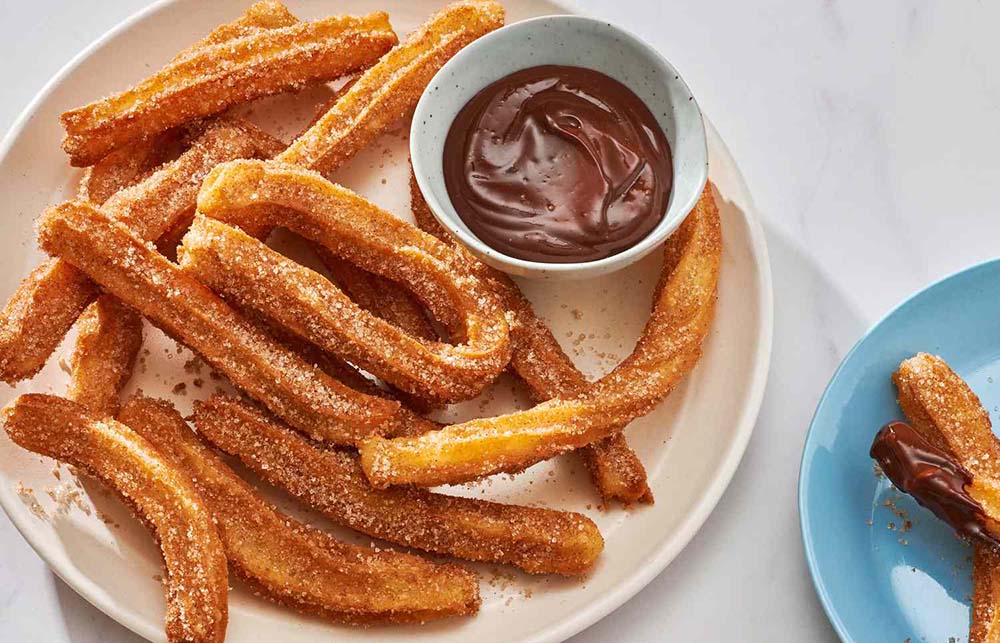 |
Churros
These Spanish fritters are deep-fried, coated in sugar, and often sold at street festivals. Churros are best enjoyed dipped in hot chocolate. Photo: All recipes
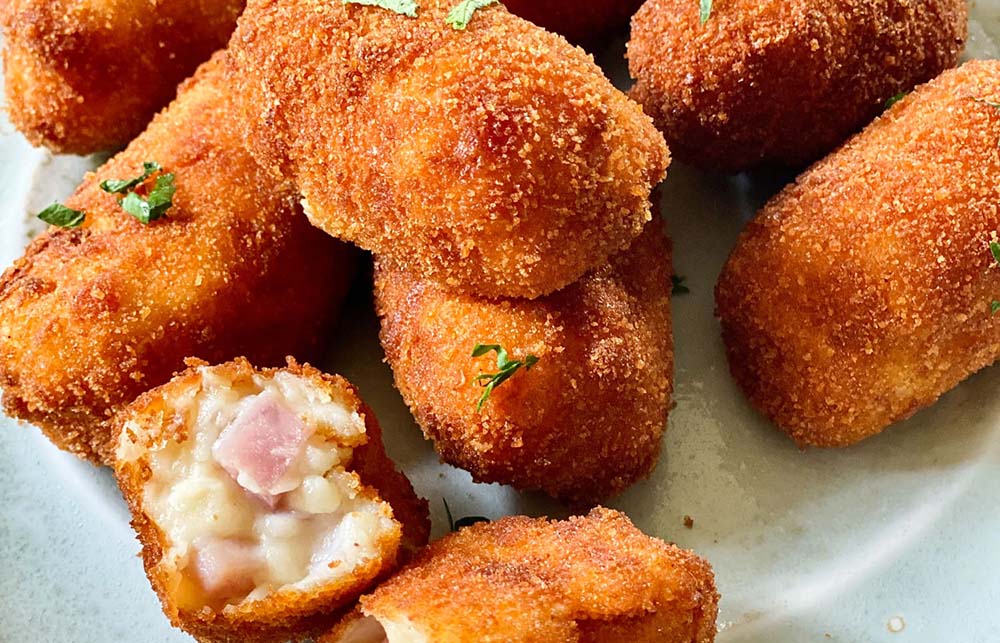 |
Croquetas
Croquettes are small, breaded, and deep-fried rolls originating from French cuisine. They are made from various ingredients such as minced ham, chicken, mushrooms, cheese, or fish, shaped into rounds or finger-sized rolls, and then coated in breadcrumbs and fried. Croquetas are one of the most popular tapas in Spain and a staple in most kitchens. They have a savory flavor and a crispy texture. Photo: The Kitchen
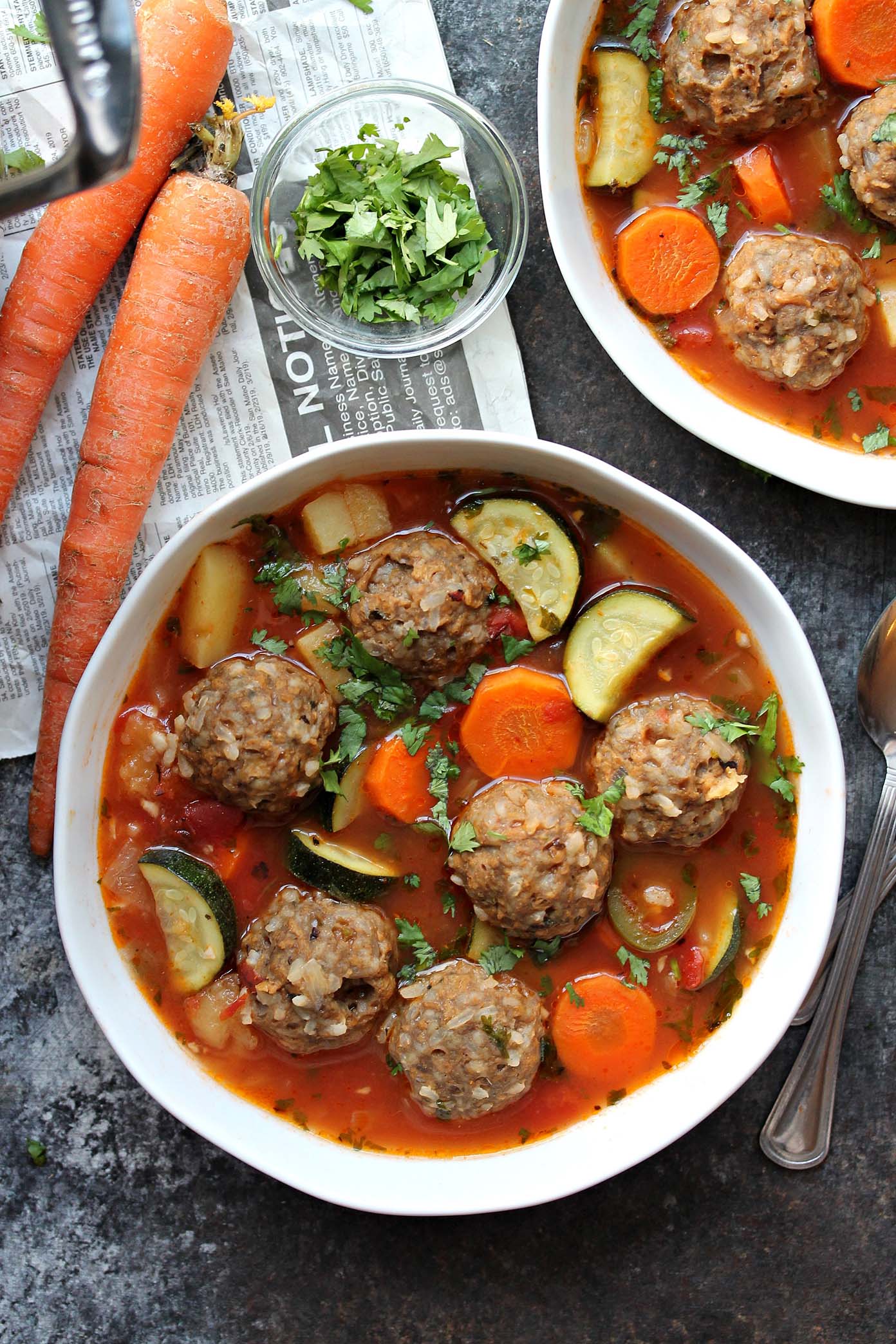 |
Albondigas
Albondigas, or meatballs in tomato sauce, are a familiar tapas dish throughout Spain. Each establishment has its own preparation, but the flavor is always rich and easy to enjoy. Photo: eat figs not pig
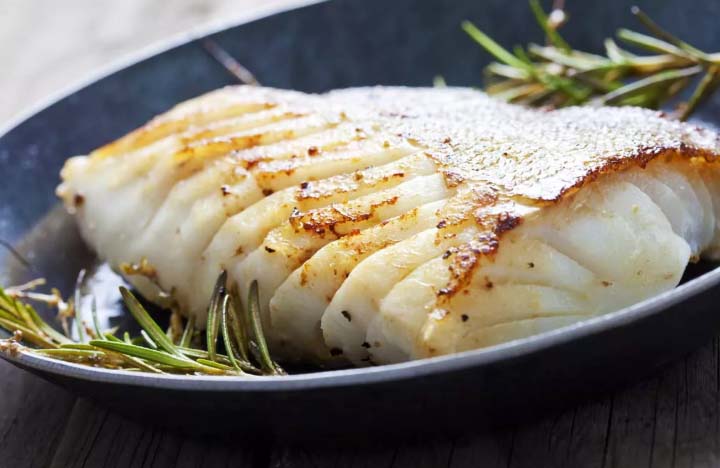 |
Bacalao
Bacalao, or salted cod, is a beloved dish in Spain, even though the fish is not native to local waters. For centuries, Spanish fishermen have caught and brought back cod from as far as Norway and Newfoundland (Canada), then salted it for preservation during long voyages. Before cooking, the fish needs to be soaked in water for at least 24 hours to reduce the saltiness, leaving only a slight salty taste. The cod is cooked with olive oil, garlic, and the liquid released from the fish itself, creating a smooth, rich sauce that balances the flavors of the sea and fat. This dish reflects the patience and refinement in how Spaniards value ingredients and preserve traditional cooking techniques through generations. Photo: Amigos food
Anh Minh (CNN)




